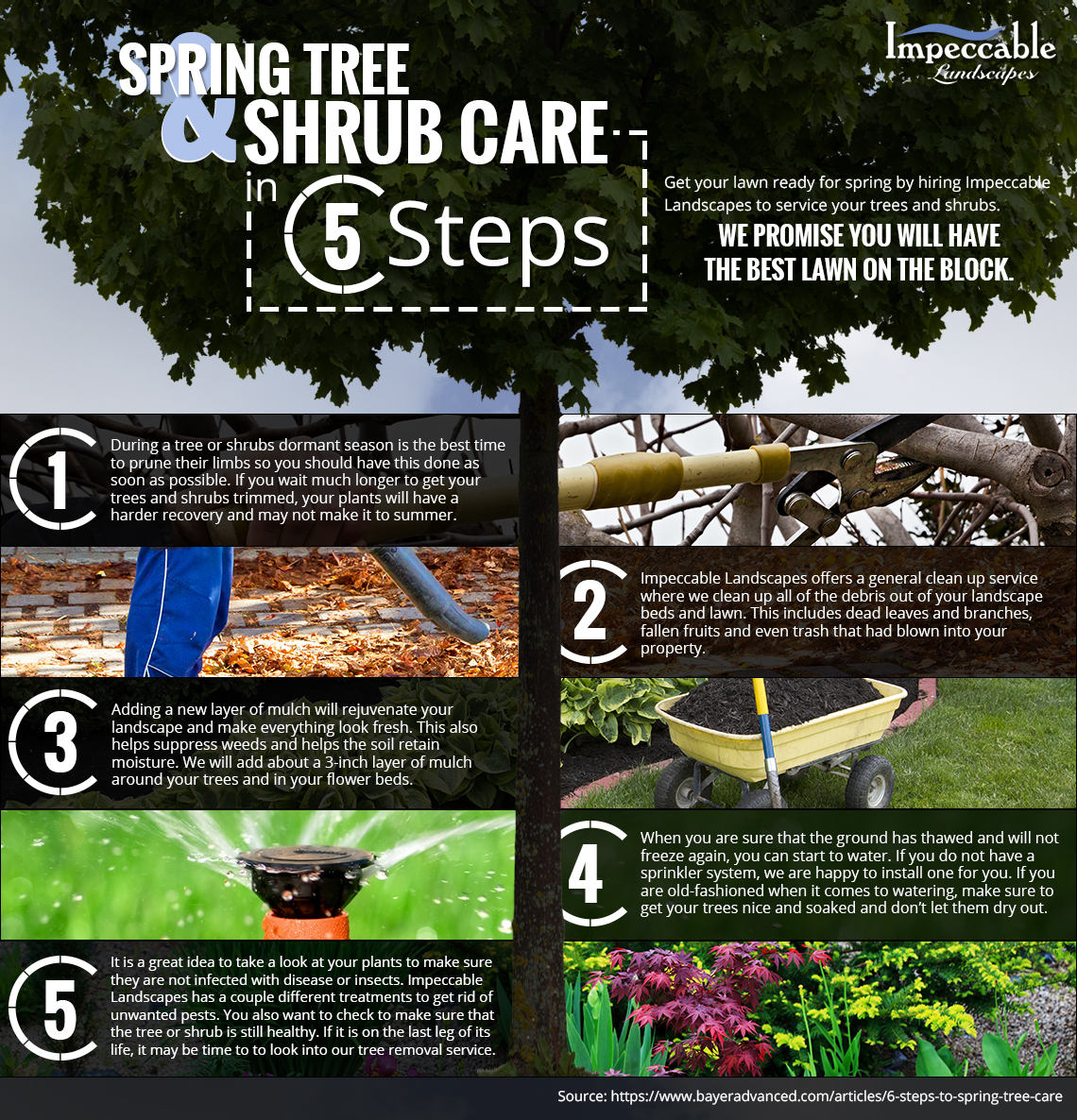Signs It's Time For Tree Elimination: How To Recognize Hazardous Trees
Signs It's Time For Tree Elimination: How To Recognize Hazardous Trees
Blog Article
Produced By- https://andersonpkeys.slypage.com/35869924/conquer-hard-tree-stumps-with-proven-elimination-methods-that-make-certain-a-safe-and-efficient-yard-cleaning-nevertheless-which-come-close-to-will-be-the-most-reliable-for-your-needs
When it involves tree treatment, acknowledging the indications that it's time for removal is essential for your safety and security and home. You might notice stained leaves, wilting branches, or odd fungal growths suggesting illness. Architectural problems, like a significant lean or cracks in the trunk, can also position threats. Understanding these warning signs can aid you make educated decisions regarding your trees and avoid possible dangers prowling in your yard. What should you try to find following?
Indicators of Degeneration and Disease
When you notice indications of degeneration and disease in your trees, it's critical to act rapidly. Look for stained fallen leaves, wilting branches, or uncommon developments like fungus. These can indicate that your tree is having a hard time.
If you see splits in the bark or soft, mushy wood, these signs and symptoms suggest inner degeneration. In addition, an unexpected increase in parasites around your tree can signify that it's compromised and susceptible.
Check for https://forestsnews.cifor.org/67573/six-tips-for-africas-restoration-entrepreneurs?fnl=en or dying arm or legs, as they present a risk to your home and security. If you're uncertain about what you see, seeking advice from an arborist can give quality.
Addressing these indicators early can conserve you from much more considerable damages and make certain the health of your backyard. Do not wait until it's far too late.
Structural Instability and Leaning
As you observe your trees, watch out for any indicators of architectural instability or leaning. If a tree leans considerably, it may indicate that the root system is compromised.
Try to find any fractures in the trunk or dirt around the base; these can signal possible failure. Additionally, check for uncommon development patterns, like a lopsided crown, which may suggest that the tree is having a hard time to hold itself upright.
If you notice that the tree leans toward your home, high-voltage line, or other frameworks, it positions a better danger. Don't ignore these indications-- get in touch with an arborist to evaluate the situation.
Taking action early can avoid costly damages and ensure your security.
Dead or Dying Branches and Foliage
If you discover dead or dying branches and vegetation on your tree, it's a clear sign that something's incorrect.
These unhealthy locations can suggest underlying problems like disease, bug invasions, or ecological anxiety. When branches lose their leaves or turn brown, they're no more adding to the tree's health. Neglecting these signs can cause further decrease, making your tree a lot more hazardous.
Dead branches can conveniently break off throughout tornados, posing a risk to property and individuals close by. It's vital to evaluate the extent of the damages.
If the problem influences a substantial part of the tree, think about getting in touch with a specialist. They can help identify if elimination is necessary to make certain safety and maintain the beauty of your landscape.
Verdict
If you discover any signs of decay, architectural instability, or dead branches on your trees, don't ignore them. These indications can posture severe safety and security threats to you and your property. It's constantly best to speak with an expert arborist who can supply a professional assessment of your trees. Acting early can protect against mishaps and costly damages, ensuring your landscape stays risk-free and healthy and balanced. Bear in mind, it's much better to be positive concerning tree care than to wait for a calamity to occur.
